It was for the first time this year, at the ripe old age of 37, that I finally tried my hand at skiing.
Ok, well that’s not strictly true, I had once tried skiing as part of a school trip aged 11, but had such a horrific experience ploughing into and essentially mowing down one of my school friends, that I’d really prefer not to count it!
So yes, my first ski trip for all intense and purposes was in my 30s when I headed off to the beautiful French Alps resort of Morzine care of a fantastic press trip.
Fantastic in that it was a once-in-a-lifetime opportunity, but also slightly daunting because I had absolutely no idea what to pack and how to prepare.
So if you’re about to head off on your first ski trip too and also have no idea what you should be buying and how you should be planning, then read on.
I’ve got you covered with this perfect ski packing list, which is bound to answer the questions you’ve got, no matter how silly you might think they are…
Related Posts
- 5 Best Camping Spots in Morzine
- Where to Find the Best Hotel in Morzine?
- Complete Guide to Skiing Morzine
This page contains affiliate links meaning Big World Small Pockets may receive a small commission on any purchases at no extra cost to you.
Before I bring you a complete item-by-item ski trip packing list, I wanted to first give you some great tips for what you should wear when hitting the slopes, including on and off piste!
These tips are going to be crucial in making sure you pack properly.
#1 Base Layers
So the first point to make is that, as I quickly discovered, the key to surviving your first ski trip is to wear layers.
Layers of clothing help trap air and this is ultimately what keeps you warm on the slopes.
As an idea, I’d recommend at least 1 base-layer below your ski pants and likely a base and then a mid-layer on your top half – a high-necked fleece would be my pick here.
Layers also provide flexibility, so if the weather changes during the day, or you ski less or more than you thought (and feel warmer as a result), layers allow you to easily adjust too.
If you also want to sit down and enjoy lunch or the sun, it pays to be able to strip off at least a few top layers.
On the other hand, if it’s freezing and wet, or you’re inside by a fire, taking wet layers off can also be a great move for comfort!
For base layers, I recommend merino wool, which is a natural fibre that’s brilliant at keeping you warm, regulating your body temperature and wicking moisture away.
I love my merino base layers from Green Rose – a family business in Lithuania, who produce all their organic merino clothing onsite and ship them around the world.
#2 Outer Layers
We’ve discussed the underlayers above, but it’s also worth talking about outer layers because, if you’re a novice like I was, you probs won’t have a clue about these either… and that’s ok, neither did I!
So over the top of your base and mid layers, you’ll want an insulated waterproof set of clothes.
Most people here go for ski pants and a ski jacket, although salopettes – essential ski pants with straps that go over your arms, a bit like braces – are a fun alternative!
The reason that it’s good to buy actual ski gear here (and not just a regular thermal outdoor, waterproof trousers, or a waterproof winter coat) is because the ski versions have extra features that are seriously handy.
In terms of jackets – specific ski numbers have handy hidden pockets on the arms where you can keep your ski pass. This makes tapping in at ski lifts really easy and hassle-free when your hands are cold and laiden down with poles and gloves etc.
And in terms of pants, proper ski versions have wider, often zippered lower legs, which is ideal for getting them on over your ski boot much, much easier – trust me!
#3 Splash Out on Goggles
There was one piece of ski kit I spent more on than I thought however, and that was goggles.
To be totally honest, this was by accident – Decathlon didn’t have any of the cheapest ones available! – but boy am I glad it turned out this way.
Yes if there’s one thing I recommend you do spend a bit more on for your first ski trip, it’s goggles!
With mixed weather, like we had, it’s really important that your goggles function both in cloudy weather as well as sunshine and making sure they are super reflective for when you do get the good weather is key.
Honestly, I hadn’t factored in how important being able to see really well is when you’re skiing, but I now realise it’s absolutely crucial, if not lifesaving!
So yes, make sure you get good goggles – these don’t have to be top of the range, but just don’t choose the cheapest ones!
And make sure any pair you do choose are adaptable for all weather conditions – you’ll get this info on the goggle label.
#4 Go for Cheap Socks and Gloves
And conversely, something I definitely wouldn’t spend big on are socks and gloves – nobody sees the socks and, if it’s warm, you might not even wear the gloves!
I do recommend a pair of ski socks for each day you’ll be on the slopes, as they can get pretty sweaty – otherwise take less pairs and some travel handwash so you can laundry and dry them as the week goes on.
And remember, these have to be ski socks – as in the long thick ones – as these will protect your shins. Don’t make do with just regular thermal socks as I tried to!
Gloves-wise, a pair that have wristbands that allow the gloves to dangle, but still stay attached to your wrists, are a great idea
This means if you lose a glove in a tumble, it will still be attached to your wrist and you won’t have to go scurrying around in the snow for it – hoorah!
Many people recommended silk glove liners to me as well, as they stop your hands getting sweaty, but I didn’t find them that necessary to be honest.
Just make sure the gloves fit the conditions you expect to encounter i.e. mild temperatures or mega cold ones!
Again, glove weather ratings are shown on the labels.
#5 Buffs are a Must
I was never a buff fan until skiing I must be honest.
But now, I’m a fully-fledged mega buff fan!
So versatile, yet thin, quick drying and compact, these are game changers and can be picked up for next to nothing.
I especially loved putting my buff over the top of my head, which worked brilliantly to protect my skull and hair from rubbing in my ski helmet.
Also awesome at keeping your chin and throat warm, without the fear of them flying off like a scarf might, buffs are the way forward!
2-4 buffs would be great for a week’s skiing.
#6 Buy or Rent Gear?
To buy or rent ski gear was definitely a question I had before my first trip, because I really didn’t know if (after the traumatic school event – see intro for details!) I would really like skiing and if I would do it again.
Was buying gear therefore an economical way of doing things?
And the answer to that question is yes.
Honestly, there’s so much bargain ski wear, made cheap for beginners, around that to get the basics it really won’t set you back a huge amount of money.
At least not a huge amount compared to the price of the actual ski trip that is!
As such, I absolutely recommend buying some bottom range, beginner ski gear to start (or borrowing what you can off a friend) rather than hiring.
If you do decide to hire any of the clothing gear – do this in your home country, not at the slopes – it will be double the price in the resort and you’ll waste precious slope time sourcing it as well.
The only things you should rent at the ski resort are the heavy technical equipment including ski, boots, poles and a helmet.
#7 Should I Get a Helmet?
The answer to this question is yes.
End of.
#8 Where to Buy Ski Gear
The following are all major stores I used to source my cheap ski gear in the UK:
- Mountain Warehouse – look out for their sales
- TKMaxx – get great ski gear at slashed prices
- Decathlon – the go-to for beginner gear
- Picture Organic – B Corp certified outdoor and technical clothing
- Charity Shops – I also shopped around in second hand stores and found lots of ski gear in there too
#9 Water Bottle
If you’re anything like me, you’ll definitely want to take some water up onto the slopes with you to stop yourself from getting dehydrated and to avoid paying the crazy prices of water at the bars.
Usually I carry a metal refillable water bottle, but when skiing I found the lighter, thinner reusable recycled plastic bottles better.
These guys have a pull-up top which is easier to drink from, as well as a carabiner that’s very handy for attaching inside your backpack to ensure they stay upright and don’t leak
#10 Sunglasses & Sunscreen
2 other items you’ll definitely want to pack in your skiing day pack are sunglasses and suncream.
Both will definitely be useful in your ski breaks, i.e. during lunch, when you’ll likely take some of your gear off – remember that de-layering we talked about.
Make sure your sunglasses are UV protected and polarised if possible – those rays sure do bounce off the white snow.
Also make sure you’re suncream is at least 30 SPF, although 50 SPF might be better for the aforementioned reasons.
You’ll mostly just use the sunscreen on your face.
#11 Invest in a Portable Charger
It might sound like a strange one, but you’ll be amazed how quickly the cold weather drowns the batteries on your phone and camera.
As such, I highly recommend investing in a power pack so that you can charge your phone when you’re on the slopes – crucial for taking photos and vids, and for arranging to meet people at the bottom!
My go-to brand here is Anker.
I actually have 2 of their portable chargers – one that comes out with me during the day, and the other that is charging at my accommodation, so it’s ready to swap over.
For my big camera, I also have a spare battery, so that I can swap this round when I’m out and keep snapping throughout the day.
#12 Waterproof Backpack & Dry Bag
And yes, as you might have guessed by now, I highly recommend you take a small daypack with you up onto the slopes.
Just think – you’re going to leave your accommodation in the morning and likely won’t be back until late afternoon, which means anything you want in that time like water, sunglasses, sunscreen, camera, phone, portable charger, money etc will need to live somewhere.
Taking a small, waterproof (for when you fall!) backpack skiing with you is therefore a great idea.
I also recommend a dry bag that goes inside the backpack for extra protection if you’re travelling with any super expensive camera gear.
The Marmot Kompressor served me really well on the slopes.
#13 Casual Non-Ski Wear
And don’t forget that, for all those times you aren’t skiing – breakfast, evening, days off, hot tub fun – you’re also going to need a range of everyday clothes to wear.
Needless to say, I’d opt for trousers, jumpers and coats here – the weather will be cold off the slopes, but you’ll likely be spending a lot of time inside by fires too so don’t need to be super bundled up.
If you’ve got access to a hot tub, bring some swimwear and if you’re near a town, you may want to bring clothes that are sensible for going to the shop or out for dinner, including a coat, gloves, hat, thick socks and sensible boots.
I made the mistake of not remembering to bring enough everyday clothes when I went skiing (probably because I was packing at 3am!) and was therefore stuck at dinner every night wearing the 1 pair of jeans and 1 non-ski jumper I’d packed!
Don’t make the same mistake!
Just enter your details below and I'll email it you - simple!
Information will be sent to the email provided above
Packing Checklist for Skiers
So now we come to my complete packing list for your first ever ski trip – a full breakdown of all the items you should bring!
The length of your trip will, of course, dictate the amount of each item that you need, but here’s a checklist of all the gear you should consider for a one week break…
For the Slopes
1 Ski Jacket
1 Ski Pants
3 Bottom Base Layers – i.e. thermal leggings
5 Top Base Layers – i.e. thin merino long-sleeved tops
3 Top Mid Layer – i.e. high necked fleeces or sweaters
3-5 Buffs
Ski Goggles
Ski Gloves – you may want to consider a thin, silk glove liner too
4-6 Ski Socks
Dry Bag
Sunglasses with UV Protection
50 SPF Sunscreen
50 SPF Lip Salve
Water Bottle
For Apres-Ski
Singlets / T-Shirts
Woollen Jumpers / Thermal Fleece
Insulated Puffer or Down Jacket
Leggings / Jeans / Trousers
Wool Hats
Wool Gloves
Nightwear
Underwear & Wool or Thermal Socks
Swimwear – for hot tub times!
Snowboots
Toiletries
Thin Toiletries Bag with Hook
Shampoo & Conditioner Bars
Anti-Bacterial Soap
Deodorant
Face Cleanser, Toner, Serum & Moisturiser
Toothbrush, Toothpaste, Floss
Razor & Spare Blades
Nail Scissors & Nail File
Tweezers & Safety Pins
Cotton Buds & Cotton Pads
Hair Bands & Hair Brush
Menstrual Cup
Electricals
Smartphone & Bluetooth Headphones
Lens, Spare Battery, Memory Card & Charger
Euro Adapter – if you’re skiing in Europe!
Headlamp & Spare Batteries
Other Things!
Glasses / Contact Lenses – if you wear them!
Eye Mask & Earplugs
Passport
Credit Cards and Debit Cards – Wise cards are great as they offer great exchange rates and don’t charge you foreign transaction fees
Euro Cash – if you’re skiing in Europe!
SAVE THIS TO PINTEREST!
So there it is, all my top tips and checklist for what to pack for your first ski trip.
Any questions about it? Please drop them into the comments below and I’ll get back to you.
Any suggestions to add, I’d love to hear those too!


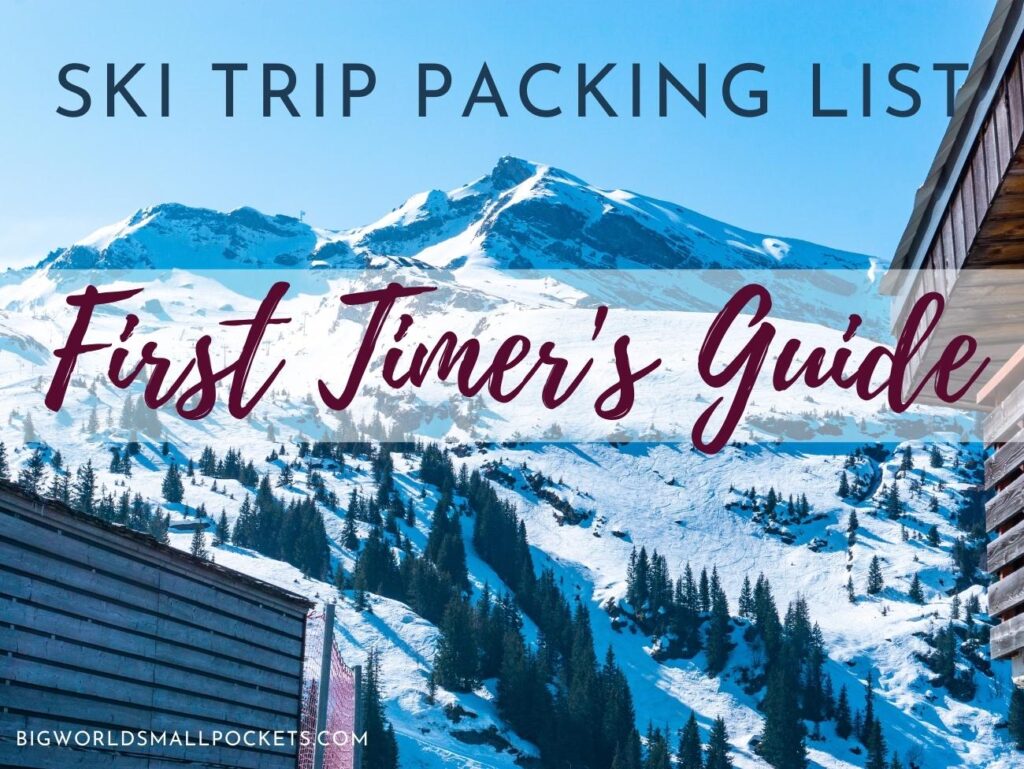
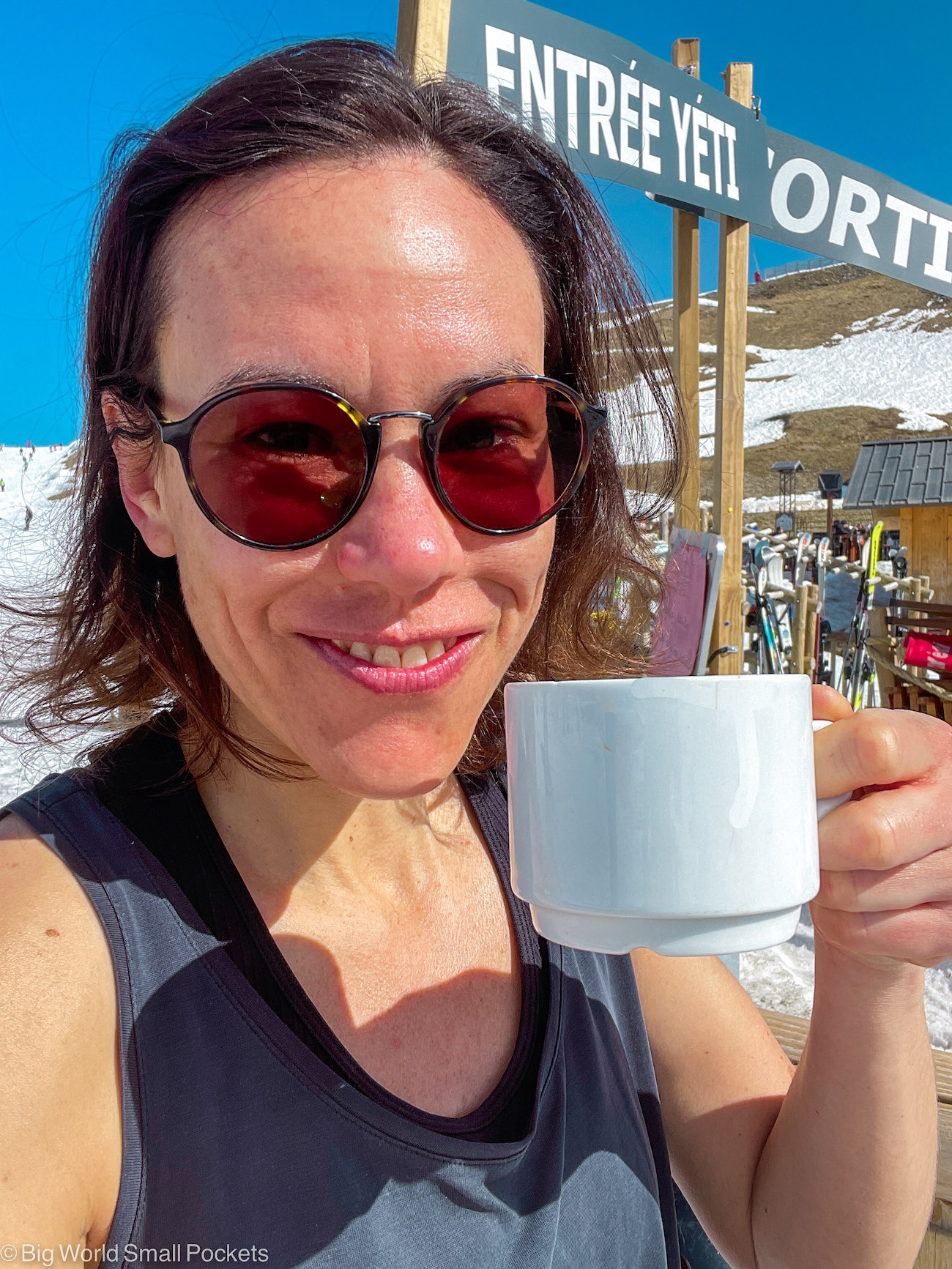
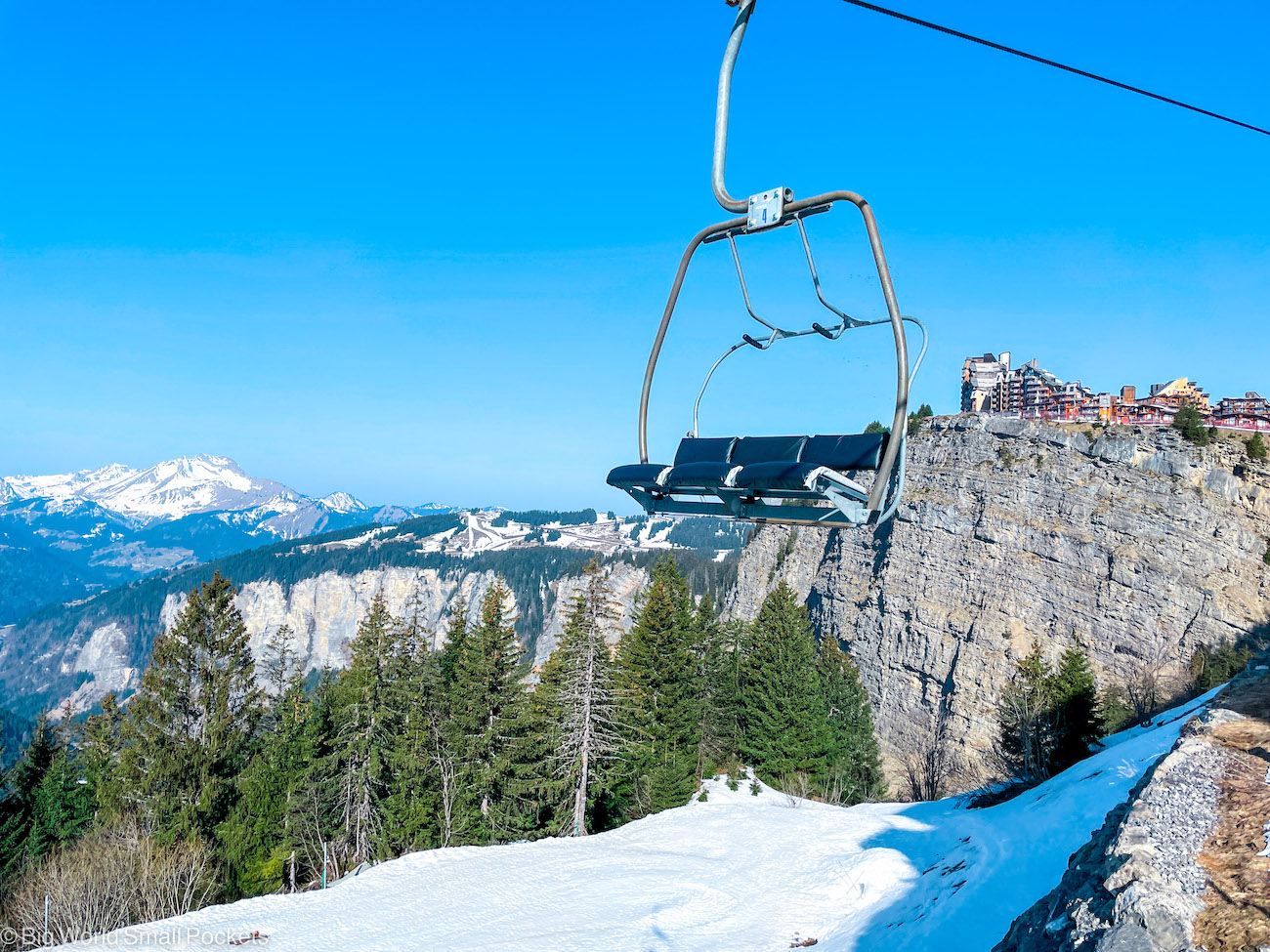
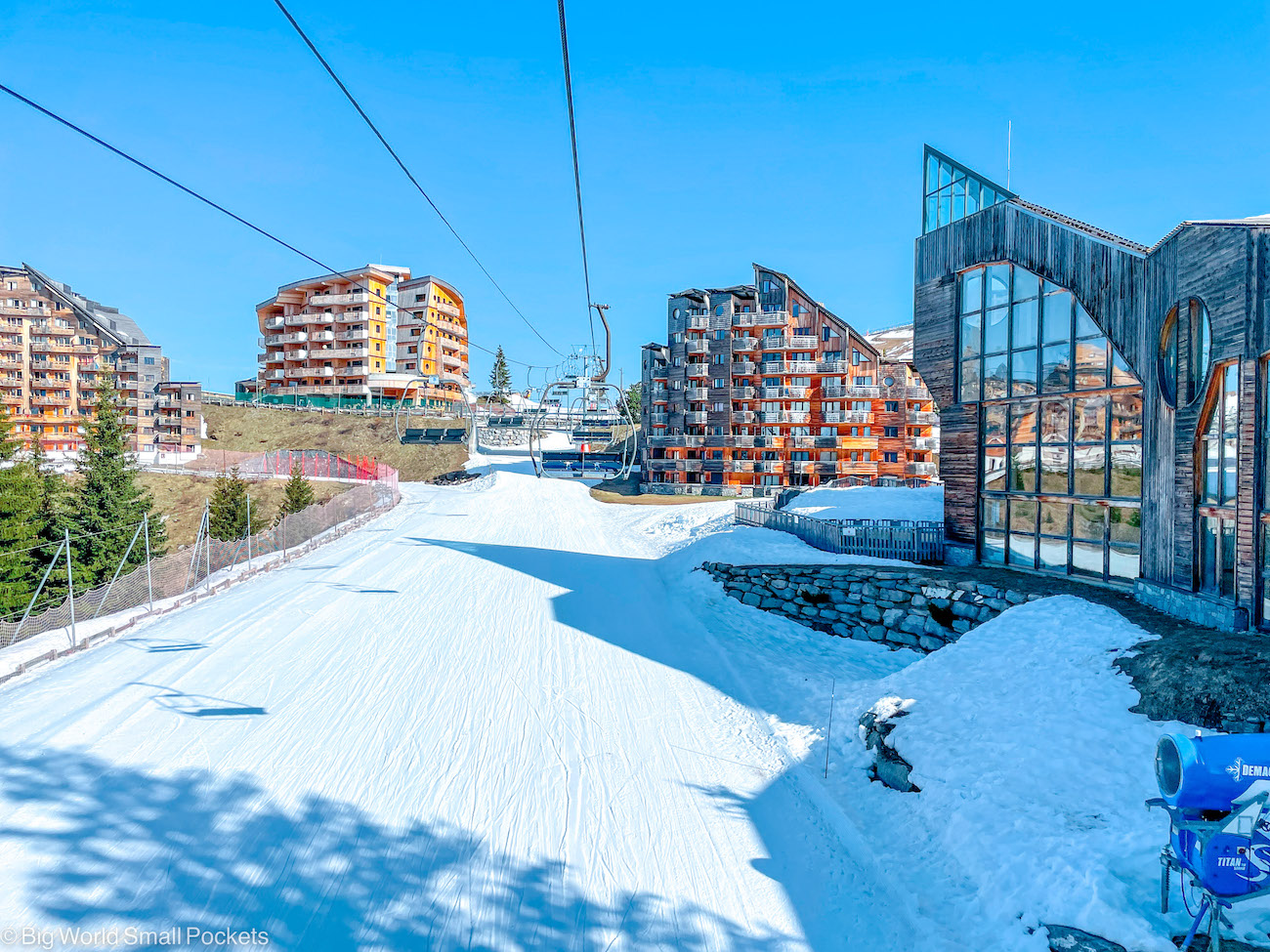
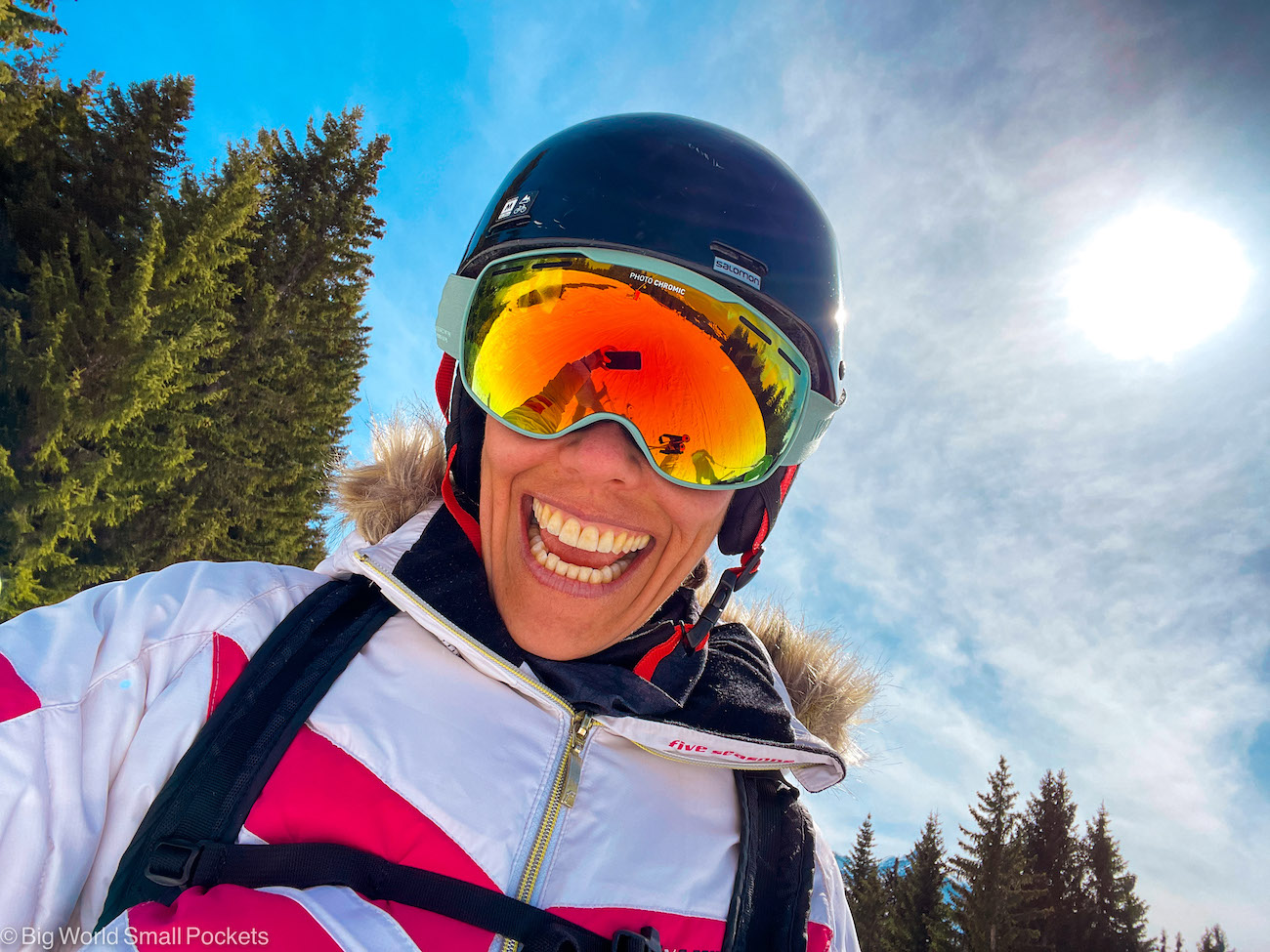
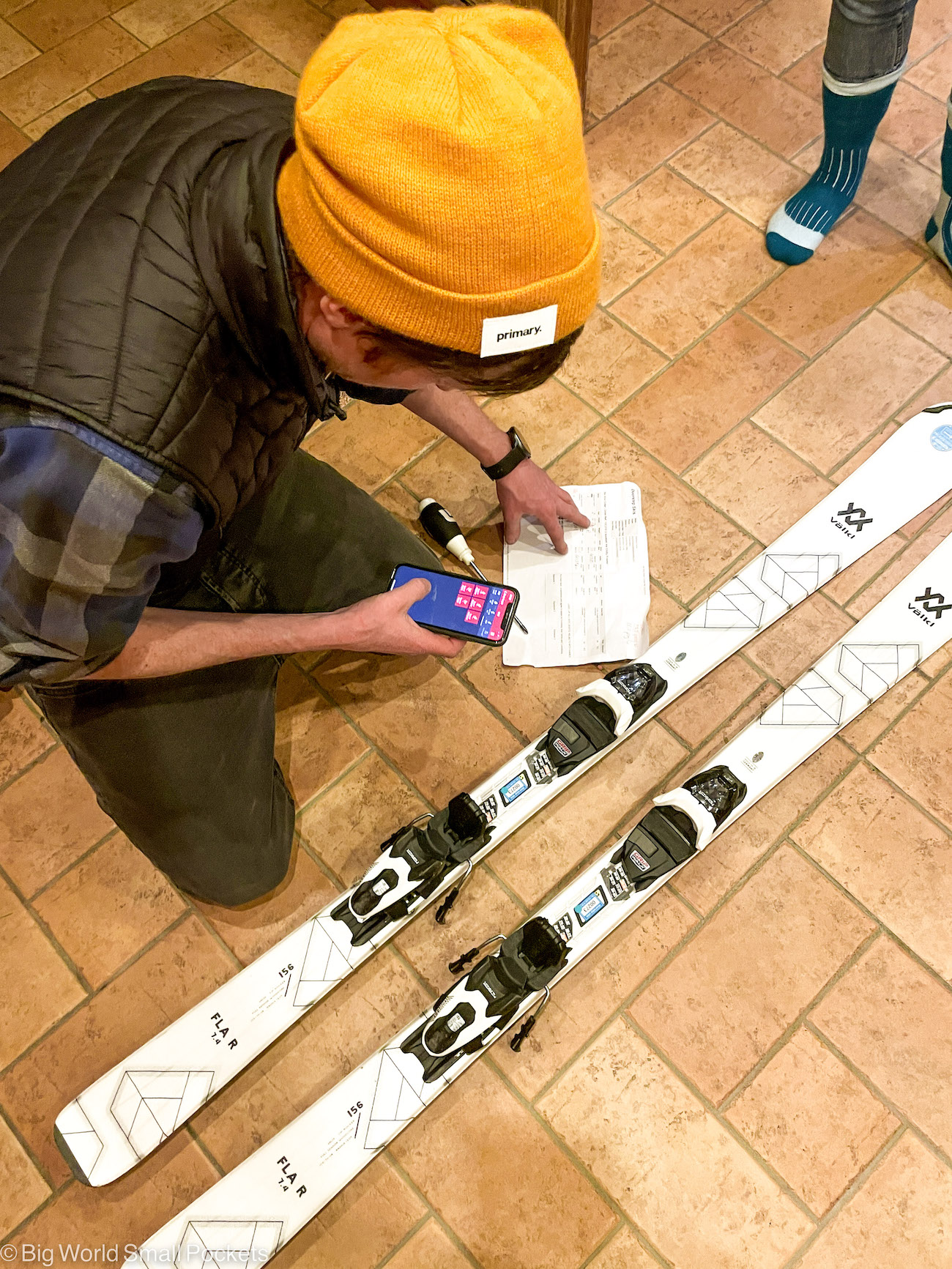
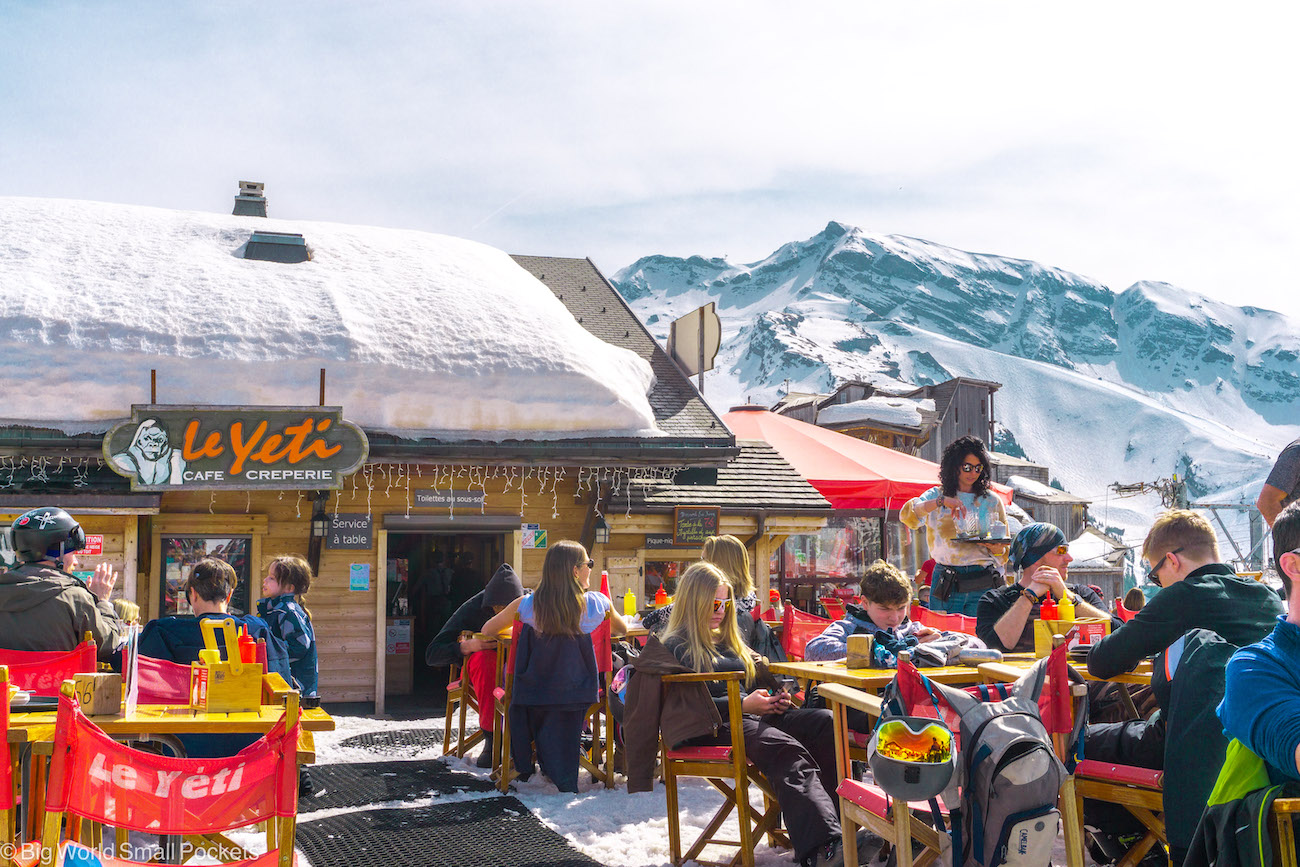
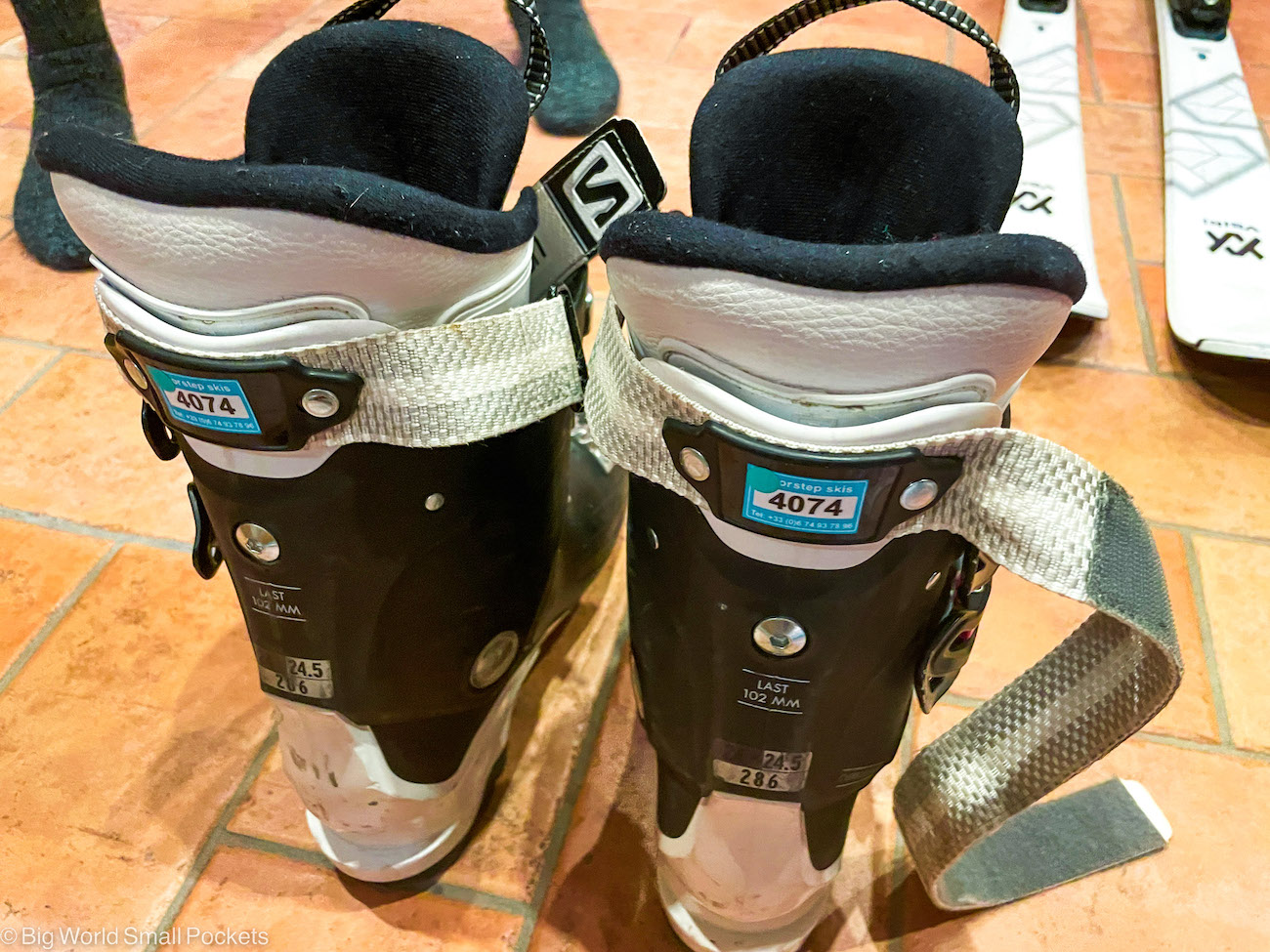
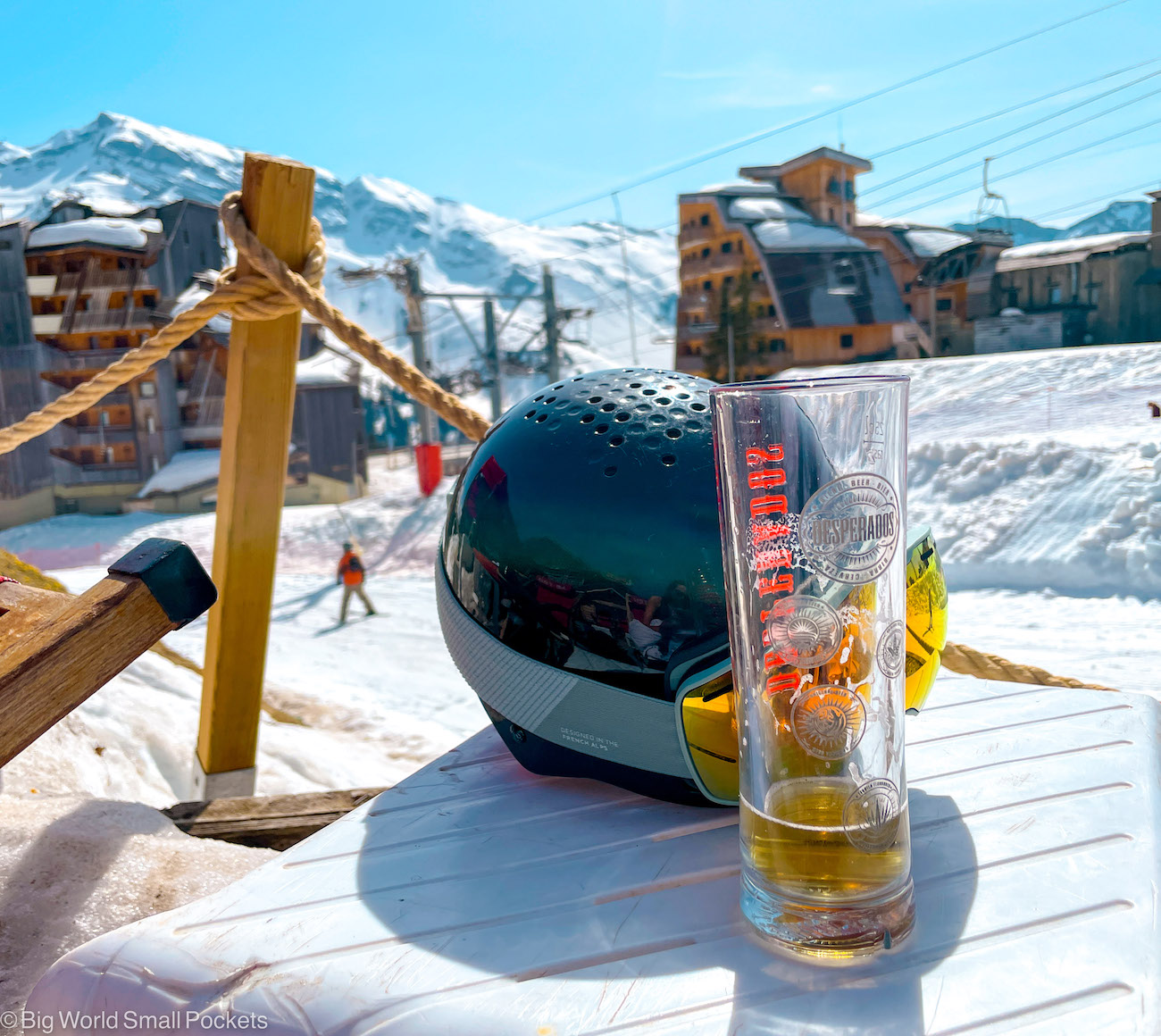
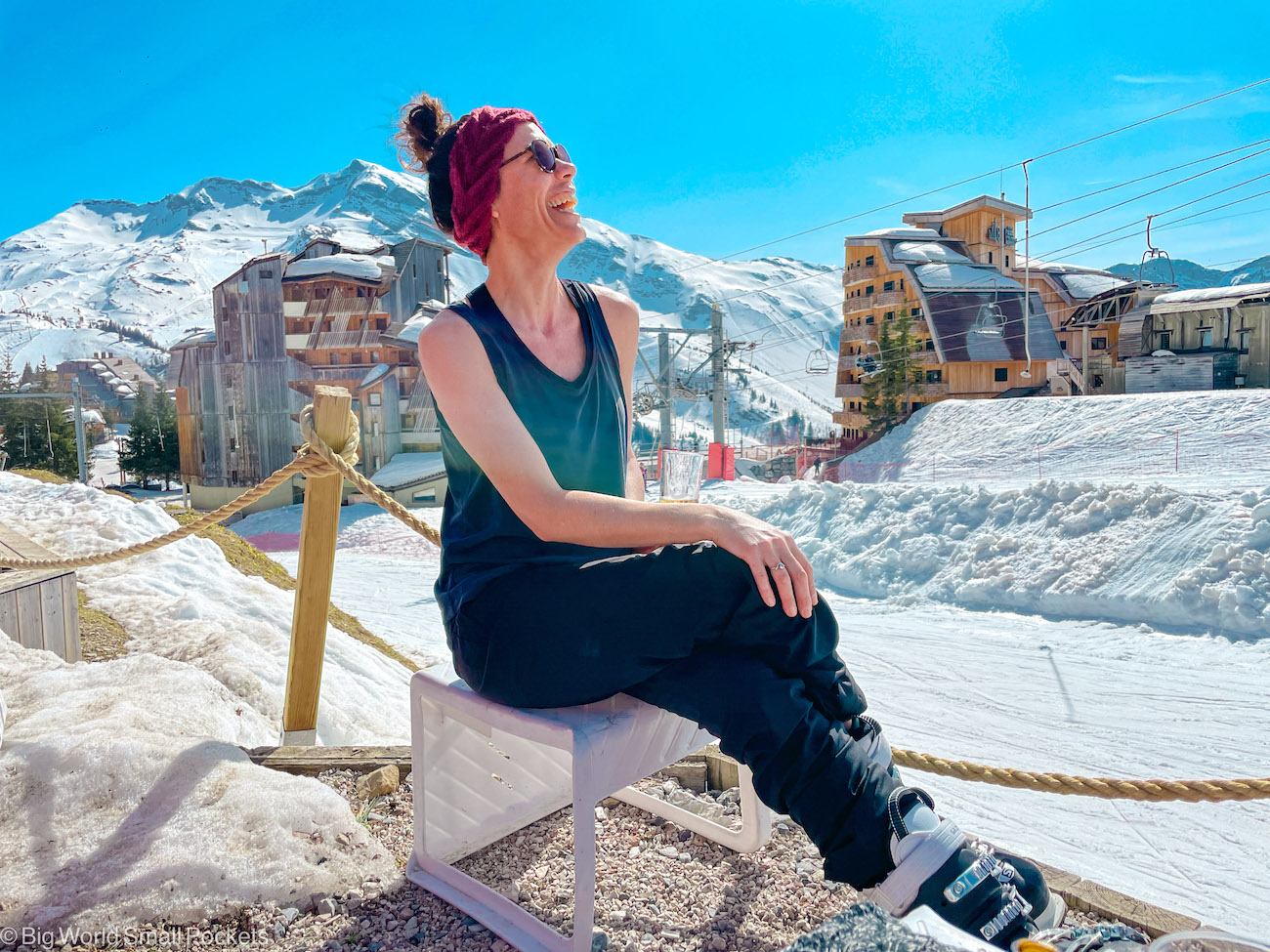
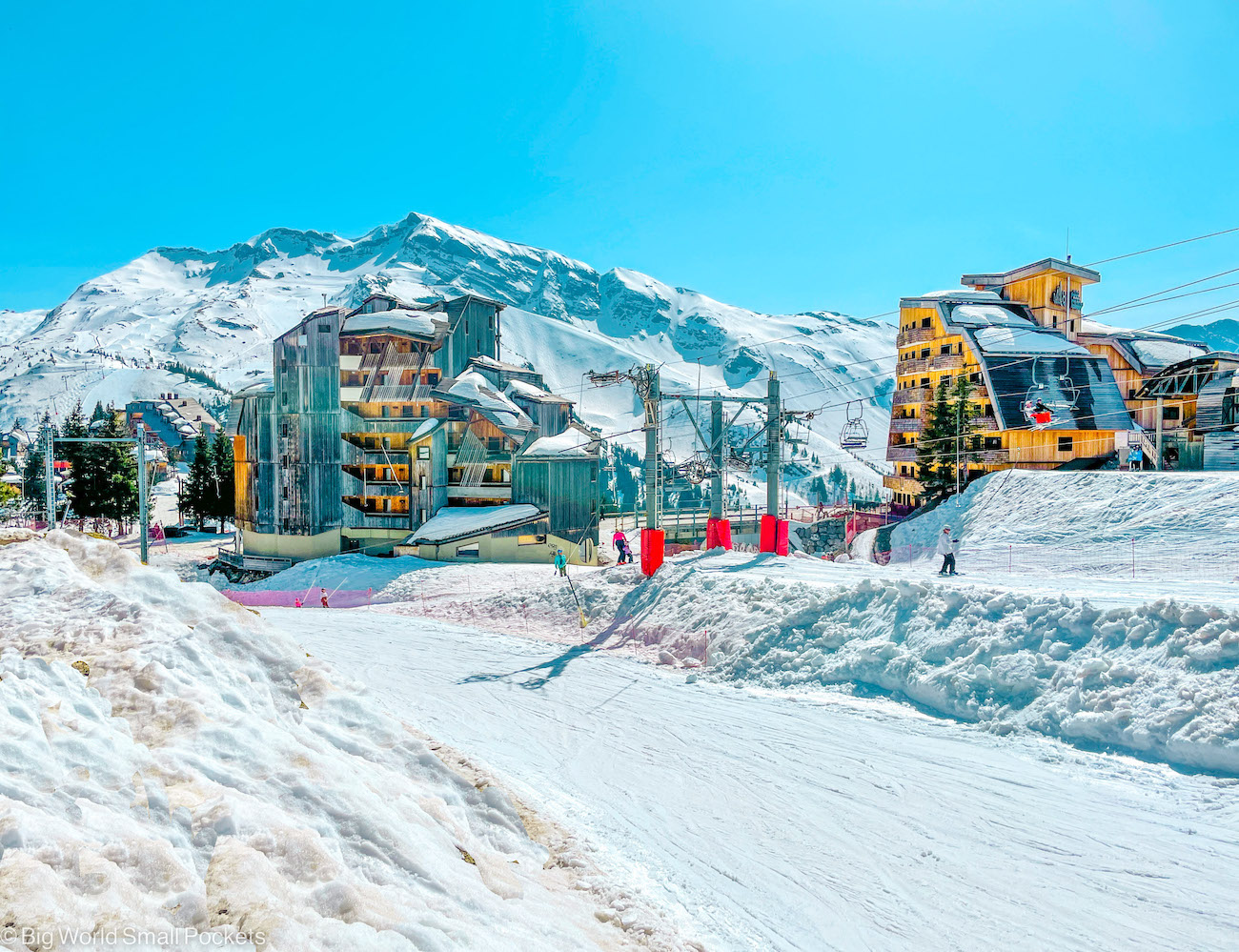
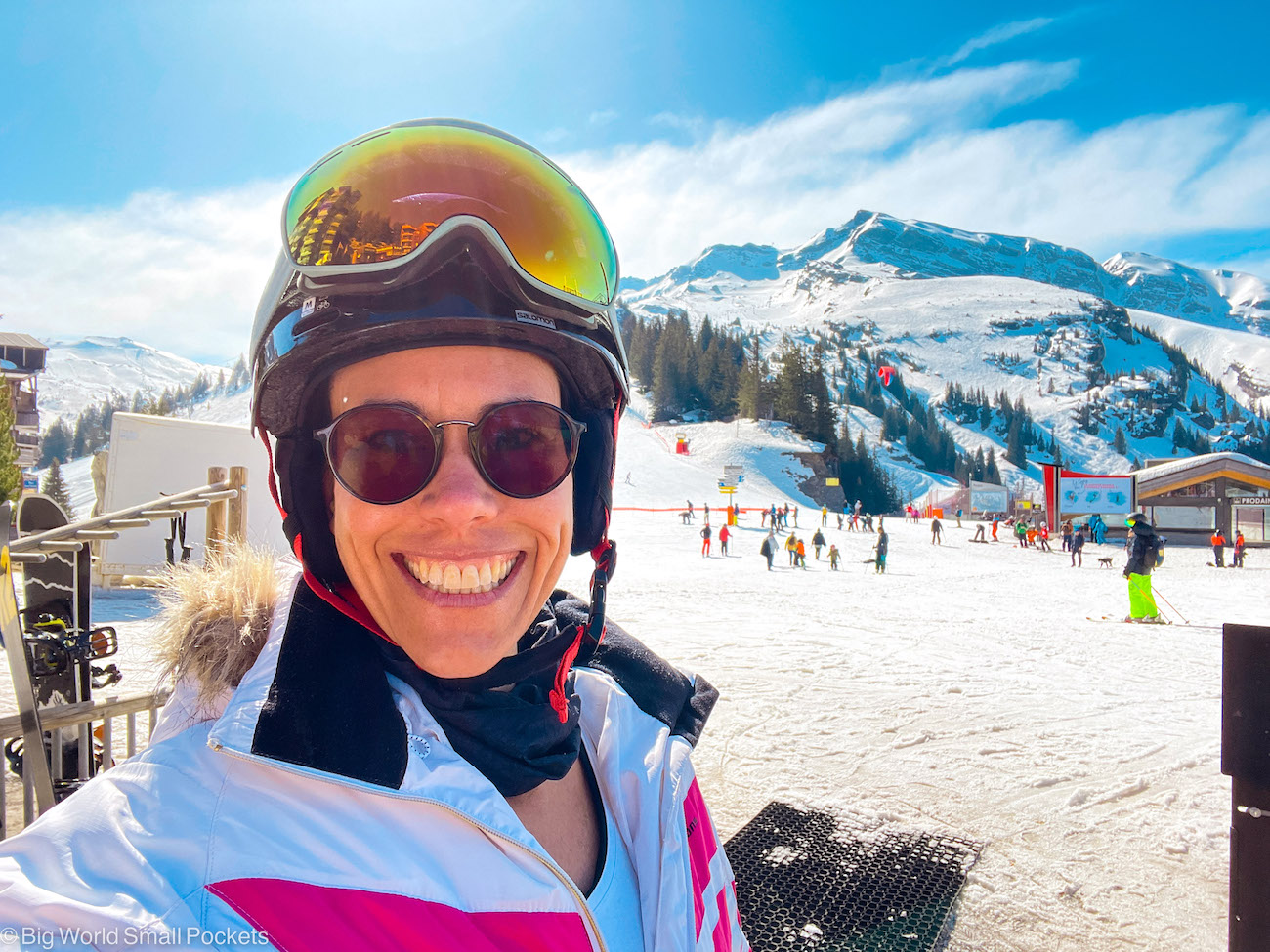
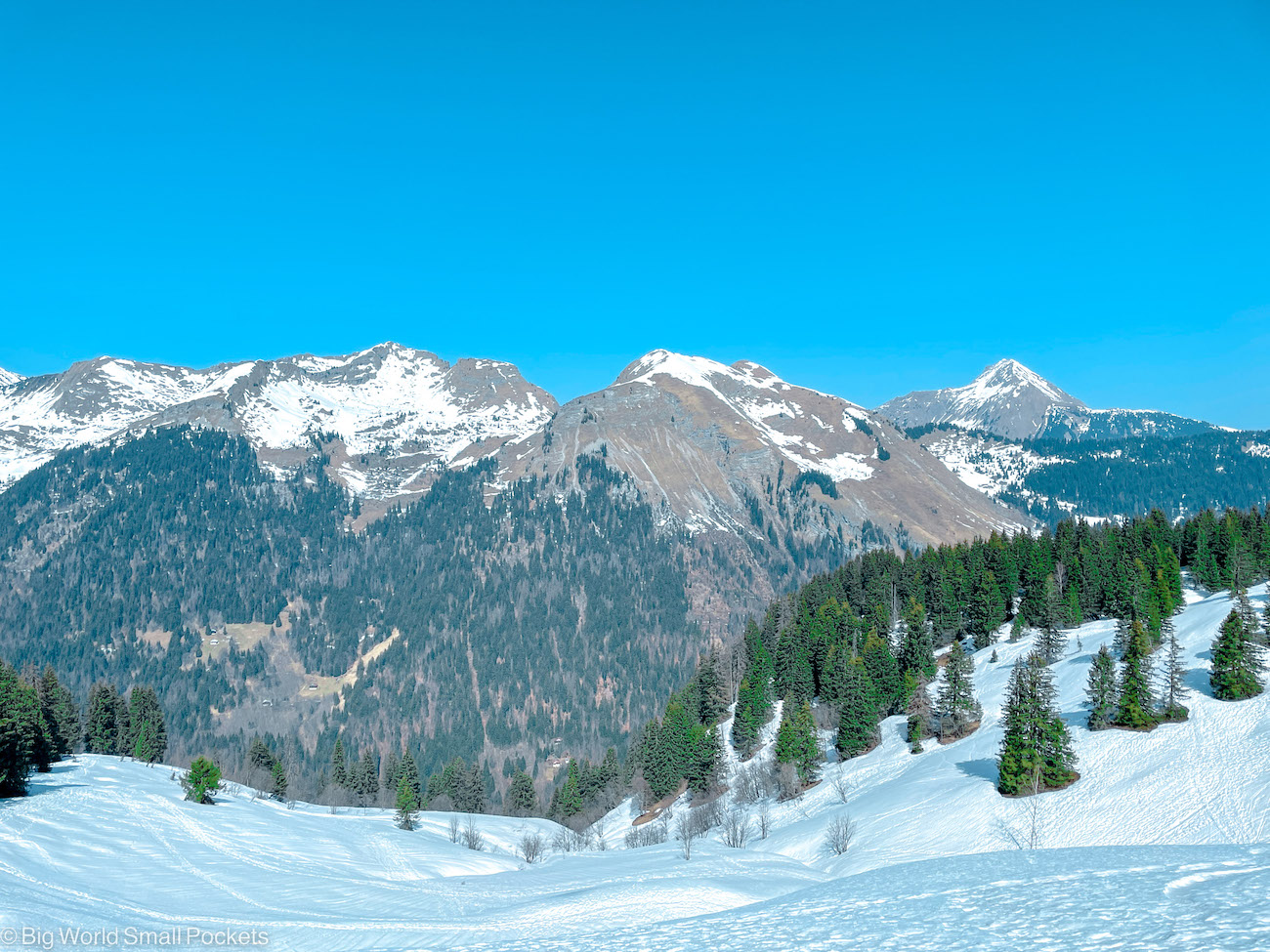

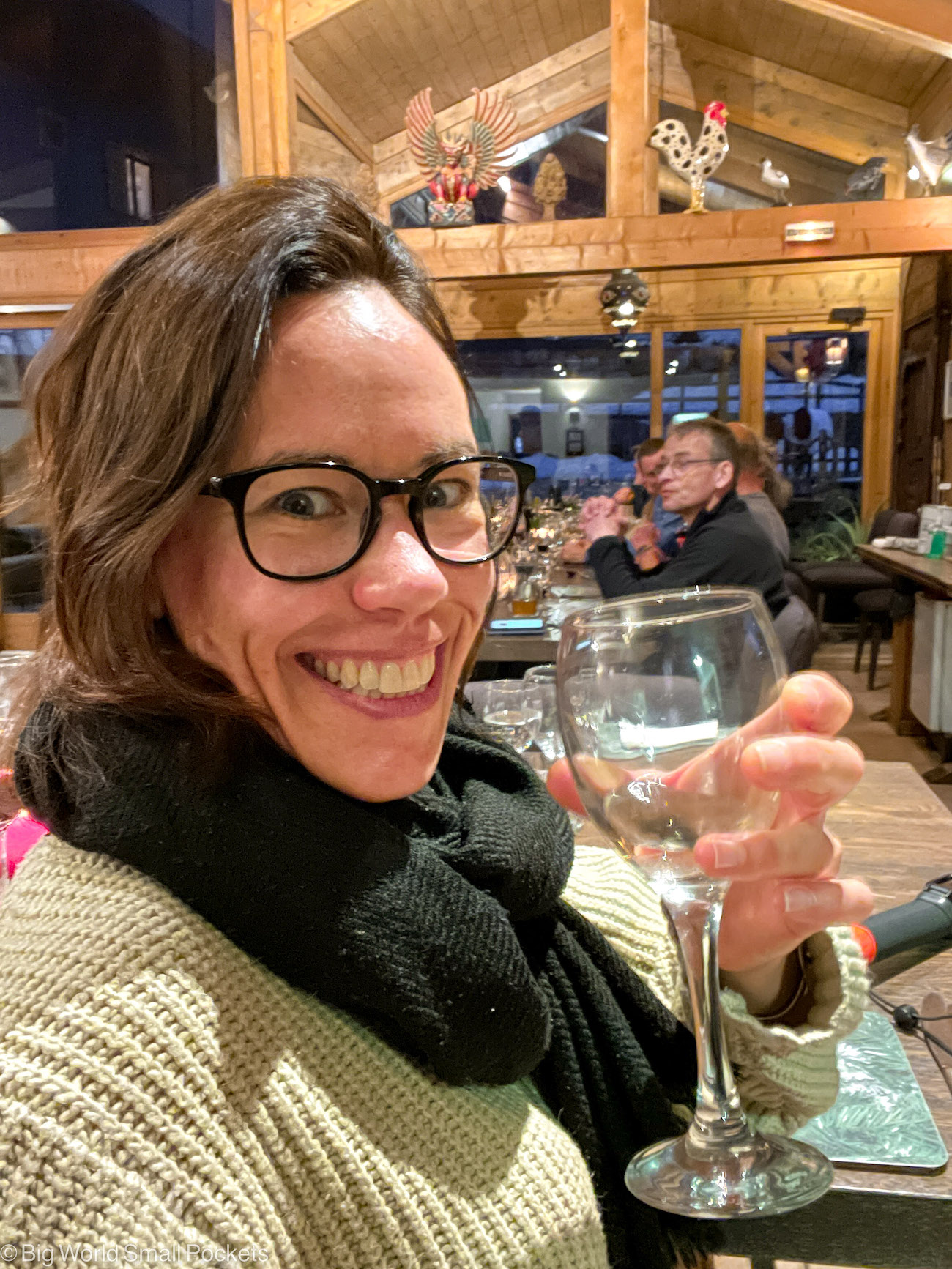
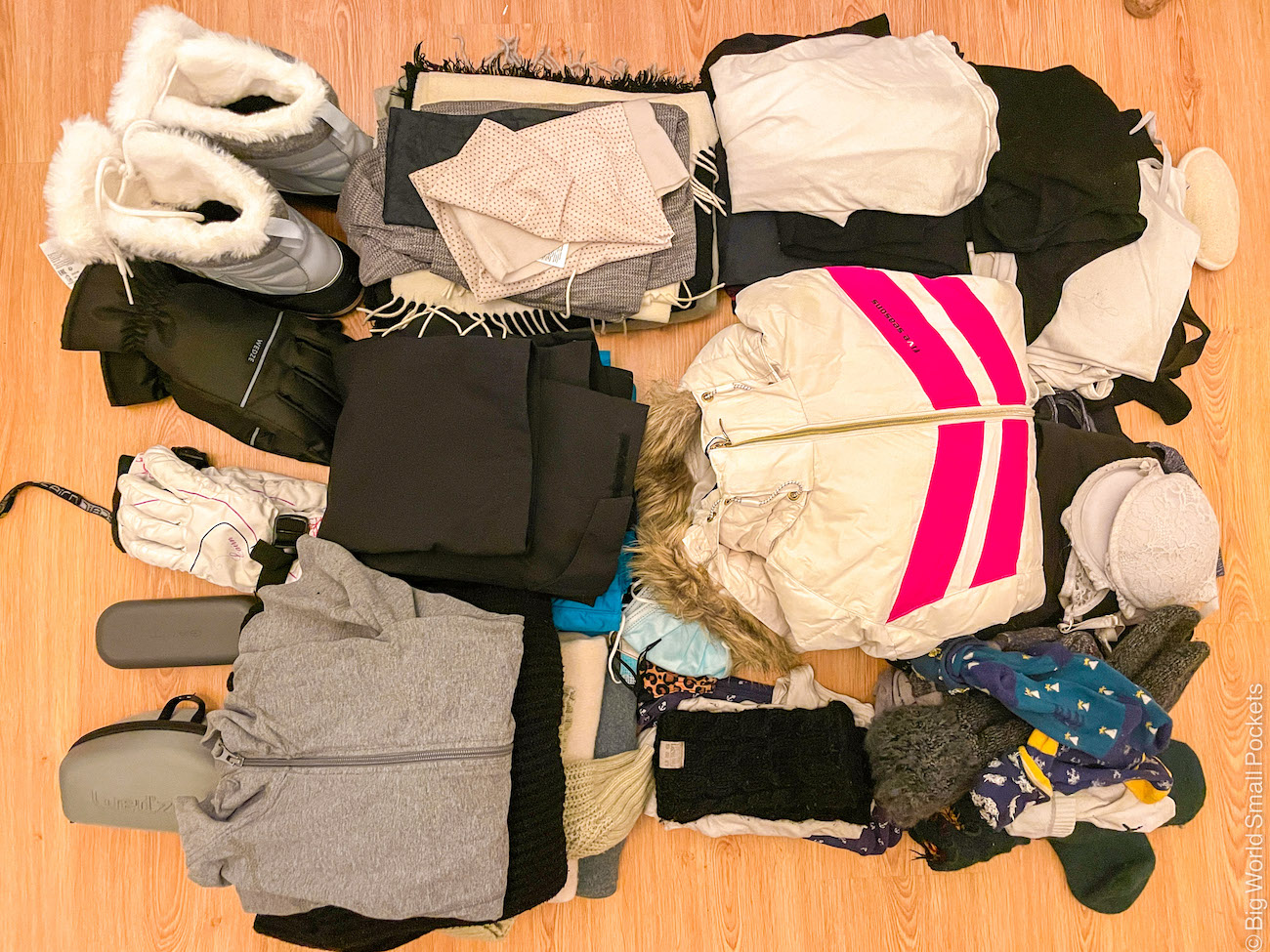
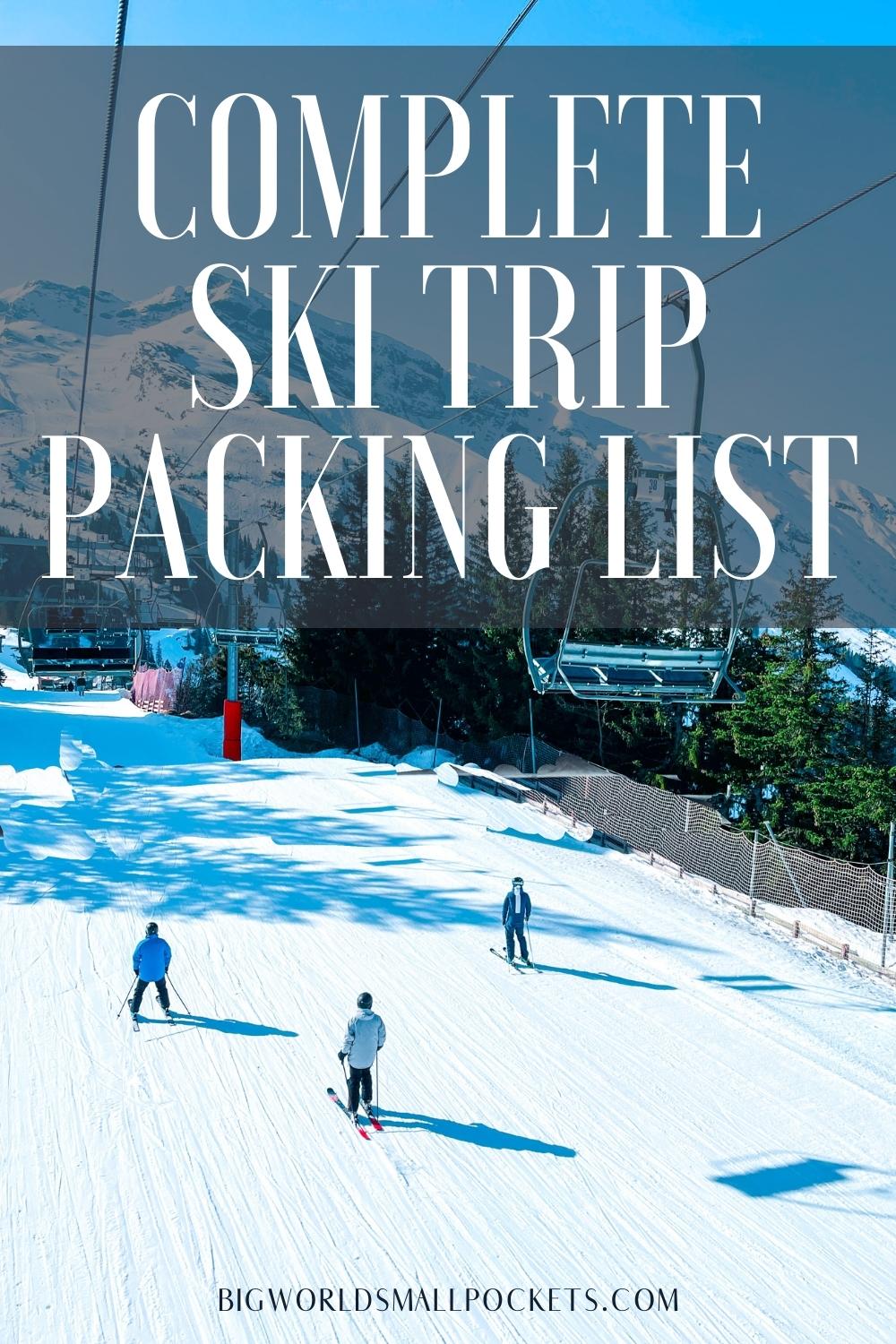
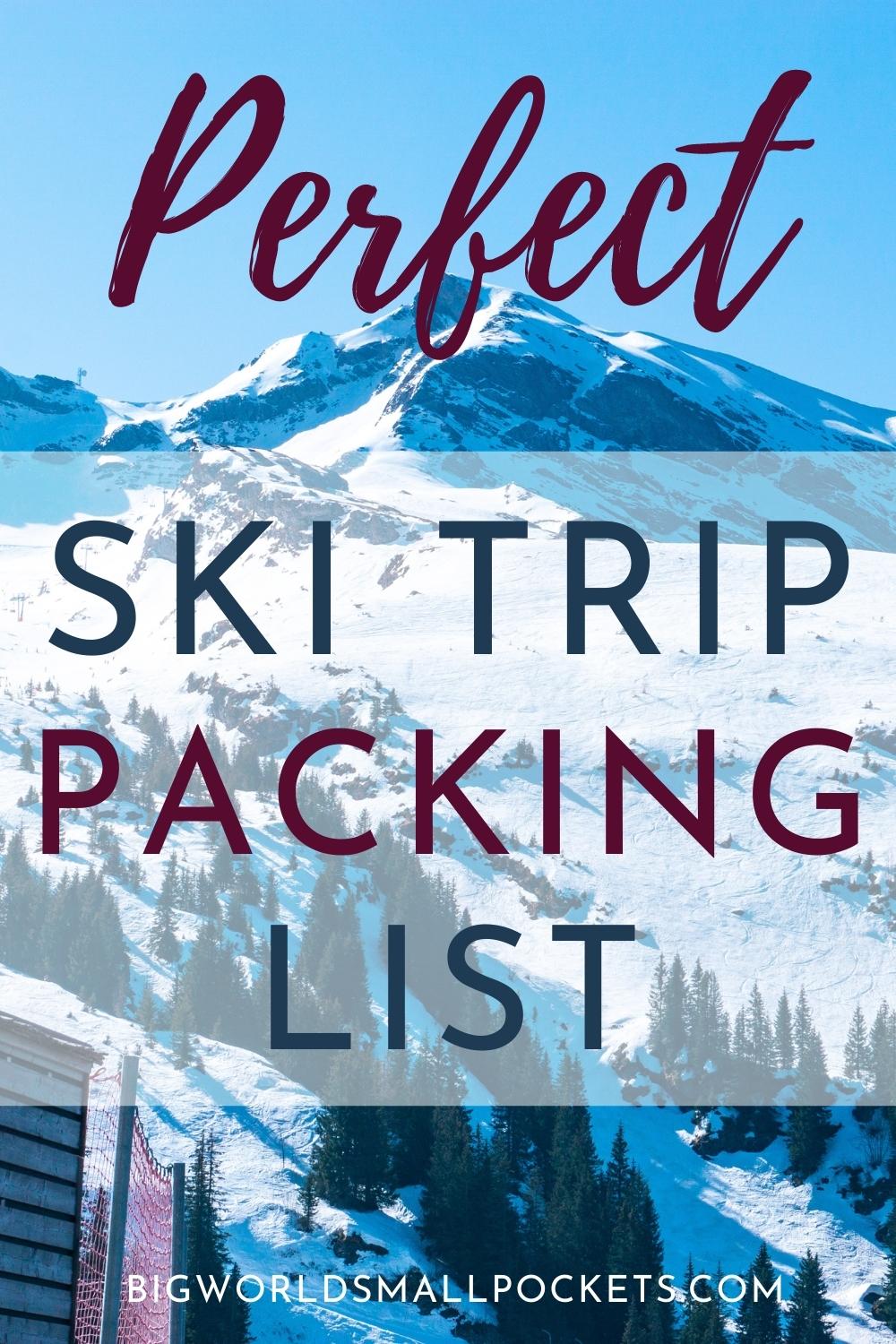
So true! Nobody sees the socks. There is no point spending big bucks on them.
So glad you agree Anukrati. Better to splash on the goggles for sure!
Hahaha! For sure.